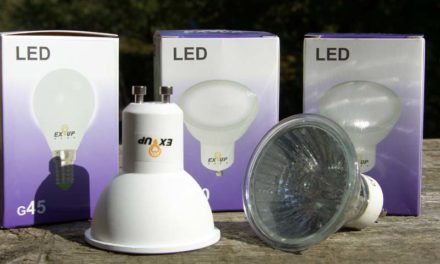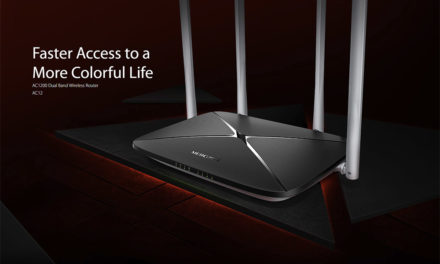
Introducing: Items tuners - picture in picture
We had a TV receiver long enough, so it was time to try them out again. Now we could try two units of Items, a USB and a PCI hybrid.

As digital television has become one of the hit themes of our day, before we introduce the tuners, let’s see what made it possible for us to forget about ant, ghostly television with a little luck. Fortunately, we'll be back at the end of the page!

The beginnings go back 10 years, exactly to July 1999, 1, when Antenna Hungária started its experimental broadcasting of MPEG-2 in Budapest, and then in October 2001 all three public service programs were on the agenda (M1, M2 and Danube) - now with its own devices with a radiant power of 1 kW. In 2002, the first rural DVB-T broadcast was launched in Kabhegy (2,5 kW) from the same antenna as analogue TV programs.
contents show
 Coverage at the end of 2008
Coverage at the end of 2008
The development did not stop, but the next milestone for us is definitely December 2008, 1, when the digital terrestrial commercial service called MinDig TV was launched in December 2008 in DVB-T MPEG-4 format on two multiplexes. In parallel, of course, the MPEG-1999 experimental system, which has been in operation since 2, has been shut down. By July 2009, we got to have an MPEG-4 DVB-T broadcast in 1080i50.
 Coverage in early 2012
Coverage in early 2012
In terms of coverage, of course, there has been a continuous improvement. While at the end of 2008 only 60% of the population could enjoy the benefits of Always TV with the participation of 3 transmission towers (Budapest, Kabhegy, Szentes). The network was expanded with another 2009 locations in 11, as a result of which 88% of the population was able to receive digital broadcasting. During 2010, digital terrestrial television broadcasting was launched from a further 15 sites, bringing the population coverage to 95%. In April 2011, digital broadcasting started from the thirtieth site, the summit of Karancs. At the end of 2011, broadcasting started from 3 backbone transmitters (Miskolc-Avas, Fehérgyarmat, Aggtelek) and another 17 sites, as a result of which the number of DVB-T sites reached fifty. Public coverage for public service programs exceeds 98 percent.

Here comes the answer to why you need a little luck to enjoy the services of Always TV. As you read at the end of the previous paragraph, digital broadcasting is currently available in about 98 percent of the country in one way or another. However, there are some serious differences, because while in some areas a 10-cent antenna is enough to enjoy the broadcast uninterrupted, in others a 10-meter mast must be installed.
 There is digital reception, not even digital reception
There is digital reception, not even digital reception
The map above shows how much of the country is orange from the country, in these places it is theoretically possible to catch the broadcast. However, in Érd, where I am writing the article, it cannot be orange, although the area has become orange. At the same time, it is a bit telling to see a lot of small white cubes in the orange, which maybe means they tried things out in those places and it turned out there was no buy. Our house would also be a small cube on this map. The question is, if there is no broadcast at each house, how can it be in the area between them. Of course not. For this reason, before we get bored with buying a digital tuner, be it a computer or a desktop, it’s worth looking around the net and at the neighbors so you don’t get disappointed.











 Coverage in early 2012
Coverage in early 2012 There is digital reception, not even digital reception
There is digital reception, not even digital reception




